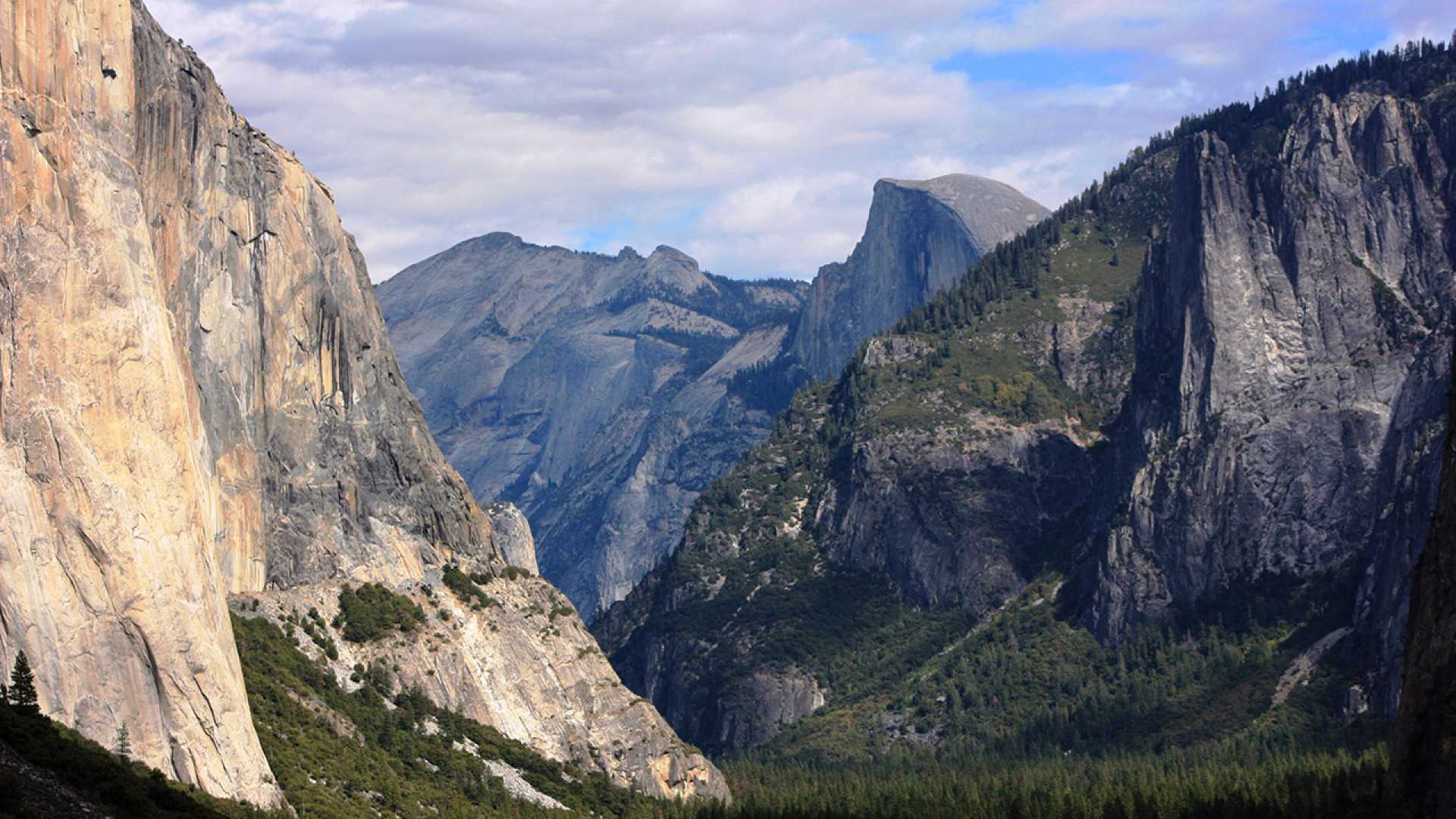News
Mass Layoffs at U.S. National Parks and Forest Service Amid Budget Cuts

WASHINGTON, D.C. — The U.S. Forest Service plans to terminate approximately 3,400 recent hires, and the National Park Service will cut around 1,000 employees as part of President Donald Trump’s federal budget reduction strategy. The layoffs were announced on February 14, 2025, affecting many probationary employees who safeguard iconic areas like the Appalachian Trail and Yellowstone National Park.
These cuts represent about 10% of the Forest Service’s workforce and roughly 5% of the National Park Service’s team, according to sources familiar with the decisions. Notably, these layoffs exclude firefighters, law enforcement personnel, and specific roles like meteorologists that are essential for public safety functions, said Matthew Brossard, an official representing the National Federation of Federal Employees union.
The National Park Service will also continue to employ around 5,000 seasonal positions, even as it enforces the layoffs, as highlighted by the National Parks Conservation Association (NPCA). “Allowing parks to hire seasonal staff is essential, but staffing cuts of this magnitude will have devastating consequences for parks and communities,” stated NPCA President Theresa Pierno.
A surge in federal hiring occurred in recent years, with approximately 280,000 new employees joining the 2.3 million-strong civilian federal workforce, most of whom are still within their probationary period, as reported by government data. Each year, National Park sites receive about 325 million visitors, while national forests are frequented by around 159 million individuals.
The U.S. Department of Agriculture, which oversees the Forest Service, declined to comment on specific personnel matters. However, it emphasized its commitment to safety and infrastructure, asserting that wildland firefighters are a priority. “Protecting the people and communities we serve, as well as the infrastructure, businesses, and resources they depend on to grow and thrive, remains a top priority for the USDA and the Forest Service,” the agency stated.
Internal communications indicated that the Park Service intended to let go of approximately 2,300 probationary employees across its national network. This includes the 1,000 cuts within the Park Service and an estimated 400 positions in the U.S. Fish and Wildlife Service, as reported by the Washington Post. Probationary employees typically include those who have served less than one year and can be dismissed without cause.
Some positions will remain intact, including about 300 in law enforcement and firefighting within the Park Service. At a recent meeting at the North Fork Interlocal, officials from Glacier National Park noted uncertainty regarding staffing for the upcoming seasons. “I honestly don’t know what’s happening,” Rob Davies, the Glacier View/Hungry Horse District Ranger, remarked.
Seasonal employees play a crucial role in maintaining the park’s extensive infrastructure, ranging from custodians to trail maintenance crews responsible for over 700 miles of hiking trails. If these seasonal roles are diminished, trails may become nearly impassable after winter and spring weather challenges. The Forest Service also heavily depends on seasonal workers for similar tasks.
With the peak tourist season fast approaching, the impact of these staff reductions could be profound. Pierno warned that the layoffs could lead to closures at visitor centers and weaken essential park operations. “Exempting National Park Service seasonal staff from the federal hiring freeze means parks can fill some visitor services positions. But with peak season just weeks away, the decision to slash 1,000 permanent, full-time jobs from national parks is reckless and could have serious public safety and health consequences,” she said.
Pierno further expressed concerns regarding the long-lasting effects of budget cuts, arguing that they weaken the agency’s ability to protect and preserve significant national landmarks. “National parks fuel local economies across the country, generating billions of dollars for area businesses and supporting hundreds of thousands of jobs. Slashing staff could have a ripple effect on gateway businesses and communities that depend on parks for survival,” she added.












